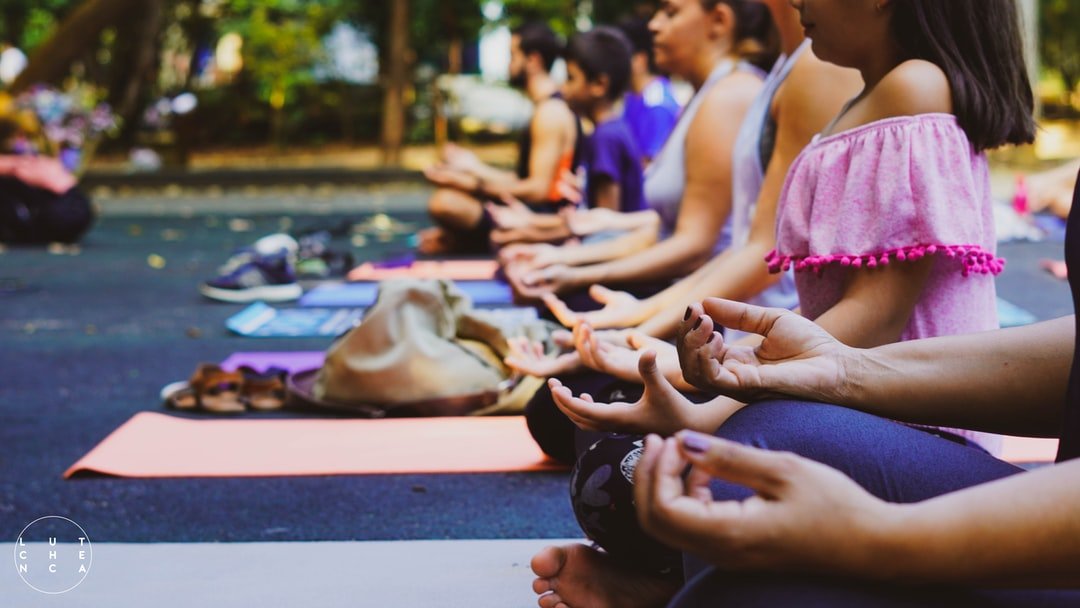International Yoga Association Offers Yoga Therapy Courses

Yoga therapy is a collection of spiritual, mental, and physical practices or disciplines that originated in early ancient India. The word "yoga" literally means "to join"; it was created by the great master Yogi Bhajan. Yoga is also one of the six Āstika disciplines of modern Hindu religious traditions. When combined with the other body practices of yoga such as meditation, breathing, pranayama, jnana, mudras, and tantra, it has a powerful effect on the mind, body, and spirit. Read more now if you are planning to start this therapy.
Yoga therapy started out only in one form - Hatha Yoga. However, it gradually became popular because of its effectiveness in healing illnesses and promoting healthy living. It uses physical exercises, breathing techniques, relaxation techniques, and meditation to bring about a harmony within and without, in all aspects of human life. In recent times, as interest in alternative medicine and holistic therapies grew among mainstream health practitioners, yoga therapy became more well known and began to be practiced in hospitals and other health care facilities as an adjunctive treatment alongside medical treatments. Discover more about the yoga therapy on this site: https://yoga-therapy.la/
This unique blend of various disciplines encourages the client's full participation in the healing process. A therapist can use yoga therapy to support treatment in several ways. During a whole yoga therapy session, the therapist may instruct the patient on breathing exercises, meditate, provide guidance on stress management, teach yoga poses, or encourage a client to go for a walk, swim, or hike. He or she might also work with the patient to create a personalized healing plan or inform the patient about how best to handle stress or manage pain. If medication is required, the therapist might suggest complementary medicines, either over-the-counter or prescription, depending upon the condition. The sessions can also involve discussions about alternative remedies for health problems, such as acupuncture, herbs, hypnosis, meditation, or massage.
During a yoga therapy session, the therapeutic movements are generally performed in class settings or at home. However, the individualized style of each class is designed to meet the needs of each client. Classes usually begin with beginner poses, such as seated meditation, where the yoga therapist slowly and gently guides the student through the poses one at a time, allowing the student to become comfortable with the poses. Following the beginner poses, the students progress through the series of standing poses, while learning the appropriate way to align their elbows and feet while performing the poses. As the yoga student progresses through the series of poses, he or she will be taught advanced poses, which can be performed alone, with a friend, or in a combination with other students.
In some U.S. states, there are already professional Yoga Therapy schools established. These Yoga Therapy schools offer instruction in both residential and campus programs, with emphasis on teaching individuals the right way to perform yoga therapy. Many Yoga Therapy Schools are affiliated with national and local Yoga Association organizations, including the International Yoga Federation. The IYF offers over 35 different certifications for Yoga therapists and instructors across the country, including Iyengar, Rishikesh, Bikram, Savasana, and hatha yoga.
Once a Yoga Therapy student has successfully completed a course of training and has been approved to teach by their local Yoga Association school or by an Iyengar instructor, they will need to register to take the test that the Iyengar provides. This test is known as the certification test, and it is imperative that a yoga therapist and instructor not only pass this exam, but that they pass it with a high score! The certification test consists of sixteen poses. The test is taken after students have completed the pre-study period and have received their certificates.
Although Yoga Therapy is very popular, many people do not consider it essential, and Yoga Therapy may be a great alternative for those who wish to strengthen their body through exercise, without having to attend a gym or pay for personal training. This post: https://www.encyclopedia.com/philosophy-and-religion/eastern-religions/hinduism/yoga will help you to understand the topic even better.
